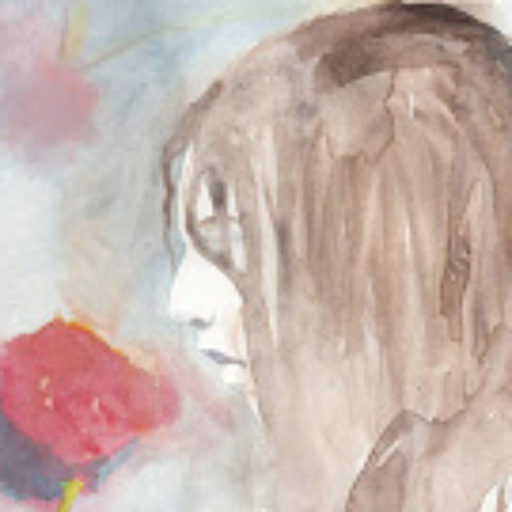O, parentheses! I have n’er seen you so buttered across the page…
The use of parentheses (in addition to parenthetical commas) throughout Virginia Woolf’s To The Lighthouse is a point of style that cannot be ignored. I went through the book and highlighted them all. Nearly every turn of a page bears the mark of my yellow highlighter and at least a couple of pages contain parenthetical statements that are nearly a page long (Again, this is in addition to Woolf’s use of complex sentences, laden with parenthetical clauses that are set off from the primary clause with commas).
Woolf’s parenthetical statements range from descriptions of what is physically happening in the scene while we are witnessing thought “(as she sat in the window” (27), to the clarifying “(James thought)” (4), to the fragmentation of the point of view character’s stream of consciousness “(so courteous his manner was)” (195). The narrative shifts perspective often and seeks to show the limitations of the individual perspective: how we see what we want to, what we need to, and what experience has trained us to. Use of parentheses is one aspect of how the complexity of syntax in To The Lighthouse mirrors the complexity of perspective and scene. I admire how this, coupled with the use of symbolism, figurative language, and parallel perspectives create a story about the complexity of the human brain and how that isolates us one from the other.
Despite this realistic view of human interactions, I was heartened to see a glimmer of hope in Lily’s awe after explaining the artistic choices in her painting to Mr. Bankes, a moment in which she sees a power in the world, “which she had not suspected, that one could walk away down that long gallery not alone any more but arm in arm with somebody—the strangest feeling in the world, and the most exhilarating” (50).
(The psychological depth and drama in this novel spoke to me in affirmation of some choices I’ve made recently in love, the decisions first to leave a relationship that was damaging and disparaging to him and me and then to embrace a love in which so many interactions leave me feeling as Lily did in that moment with Mr. Bankes. To be two individuals, solid in personal vision, willing to see what the other sees, to listen, and to love honestly! Reading this book affirmed for me that to love is my choice, and that loving is not about two becoming one, but about two becoming a stronger two through honest affection and attention each to each.)
O, but I digress! I’d like to close this admiration of Woolf’s complexity of syntax with an exercise, just to see how when I get to the point of sentence level editing, how my own work might change and also to try out some elements of style observed in Woolf.
Here are two paragraphs from my novel as they are:
Movement saved me. Forcing my body through space, even into new shapes. the movement of my legs over the ground. Breath and body flowing in asana. One foot. The other. Running. Walking. Forest inclines. Always one step ahead of despair.
I survived the men who maimed me. A bad tattoo. Tongue-lash. A belt. A fist. Seeming gentle, unwanted hands. Movement saved me from a body without space to breathe.
Here, I’ve played around with the syntax and punctuation:
Running, walking, forest inclines: movement saved me. Movement saved me from a body without space to breathe (a body I despised). Forcing my body through space, even into new shapes, saved me. One foot. The other. (Progress!) I was mostly able to stay ahead of (that monster) despair).
I moved passed the men who maimed me: a bad tattoo, a tongue-lash, a belt, a fist, an unwanted touch. Movement saved me from a body at odds with itself, hand that hid in pockets, between thighs, shy shoulders curled like the top of a question mark.
And now, I will set this aside and continue my trek through the second draft, coming back to it when I’m ready. To The Lighthouse is ambitious in subject and form and I do believe I will return to it again, and to Woolf, who has her sentences by the scruff of the neck, even when they are lengthy.
Interested in hiring me as a coach to get you boosted with your writing goals?
Find free resources and information here.
Some past posts to keep you making time:
Adjust your pace accordingly.
It’s about the routine and how you shake up the routine
There are things you will have to give up
See it to achieve it
Washing the dishes
Write slowly
A celebration of the pause
Monday, a run through the driving rain
Zen accident
Get out of your comfort zone

I think Woolf uses parentheticals because of their shape: (), a famous feminist, why not employ the vagina-shaped tool, say, to put things in vaginal terms. Often criticized for her feminist prose, Woolf clearly addresses this inLighthouse, “women can’t write, women can’t paint.” An entire chapter, if I recall correctly, is put in parentheses.